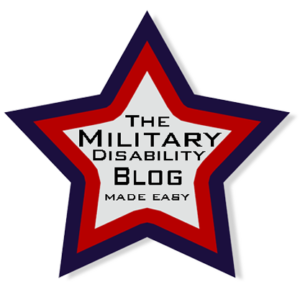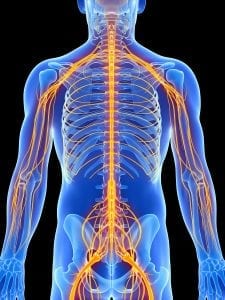Fixing PTSD Claims – VA Starting New PTSD Training for Claims Processors
- Published:
- Last Updated: October 3, 2022

In 2018, the VA Office of Inspector General (OIG) reported that the VA made errors in about half of the claims submitted for PTSD as the result of military sexual trauma (MST).
Looking at these numbers, the OIG realized that there was an essential need to review all PTSD cases, of which MST cases are only a small percentage.
Last year, the OIG proceeded to review the 118,000 PSTD claims submitted in FY2019 and found that 16% were improperly processed, resulting in $90.6 million in underpayments and overpayments to veterans.
In response to these results, the OIG issued firm recommendations on quick action to rectify these processing errors as “Improper processing of PTSD claims can have severe consequences on veterans’ lives.”
These recommendations include improved training for claims processors and improving the procedural manual.
According to the OIG’s report published in December 2020, VA claim processors are making two types of errors due to improper training and confusion about the requirements for determining service-connection and rating PTSD.
In order to grant service-connection, PTSD must have a clear stressor related to their military service, whether combat, accidents, MST, other non-combat stressors, etc. Different types of stressors require different types of supporting evidence, and confusion over what evidence was required for each type resulted in 14,600 claims being either denied without the processor following the proper guidelines to obtain the evidence needed or granted without sufficient evidence of a qualifying stressor.
The OIG report states, “Claims processors’ general confusion concerning stressor types and the stressor verification process was confirmed during interviews with VBA quality assurance staff, who explained that claims processors are unclear about the different types of PTSD stressors and whether the evidence of record could be deemed sufficient to verify the claimed stressor.”
In addition to verifying the stressor, certain medical evidence is essential to ensuring a PTSD claim is properly service-connected and rated. The remaining 3,800 erroneous PTSD claims were incorrectly processed because claim processors failed to request missing evidence or clarification of inconsistent evidence. The OIG found that these errors resulted from confusion over the necessary information needed and the claim processor’s duty to request additional information.
The OIG blames these errors on the lack of nationally required training and an “ineffectively organized” procedures manual that does not align with the regulations. The OIG recommended that the VA implement a system to ensure the proper education of claims processors and to assess what changes are necessary to the procedural manual to ensure correct PTSD claims processing.
As of March 25th, the VA is implementing their new PTSD training program to ensure all claims processors are properly educated about the stressor requirements and overall rating process for PTSD. The VA will also be reviewing the procedural manual to determine if changes can be made to ensure the correct processing of PTSD claims.
Commenting on the new training program, the VA Acting Under Secretary for Benefits Thomas Murphy stated, “I want to ensure our programs consistently evaluate all Veterans effectively and fairly.”
Recent Posts
TDRL vs. PDRL—Which is better for disability benefits?
Leukemias and Multiple Myelomas NOW on the Presumptive List
Two MORE Conditions added to the Burn Pit Presumptive List
The 2025 VA Disability Rates are here!
About Us










2 Comments
If you are at 90%/paid at 100% unemployable. Rating based on PTSD/MST and sleep apnea, tenitis. And i apply for an increase to normal 100%, could they take my rating back and i loose it?
Since you are applying for an increase, that means that your conditions have worsened symptoms that support a higher rating. The only time the VA will decrease your rating is if you no longer qualify for the rating (your condition has improved), so it is unlikely that this will happen when you apply for an increase.
You can check the current rating requirements to make sure your condition still qualifies as an All-Access Member on our site.
https://militarydisabilitymadeeasy.com/all-access-member-page.html